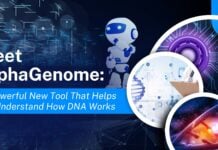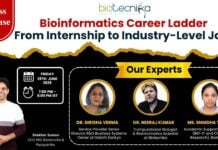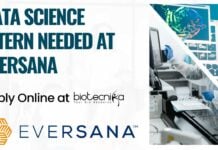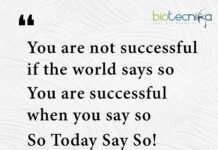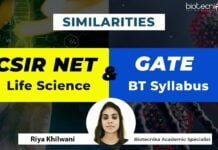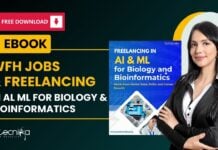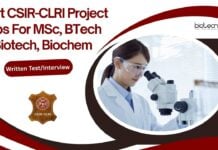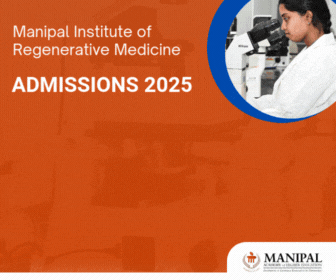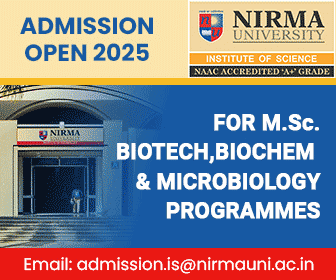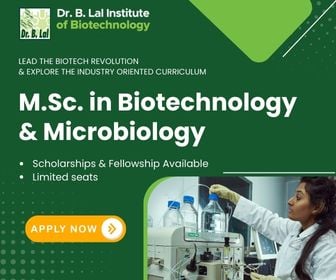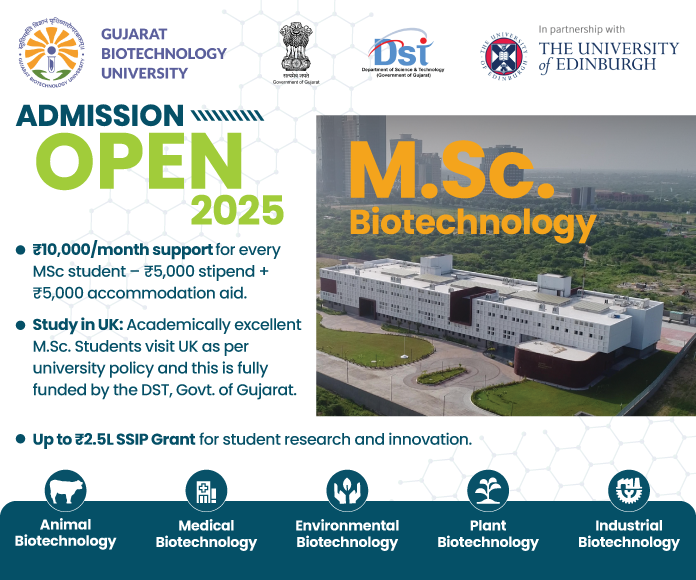CSIR-NET Unit 3 Revision & Study Plan – Top 10 Tips & Tricks
A new initiative by Biotecnika where we are on a mission to help you conquer the CSIR NET Exam like a warrior. We are already done with Unit 1 & Unit 2 and now we move on to CSIR-NET Unit 3 Revision & Study Plan For CSIR NET Life Sciences and hope to progress to Unit 13 and help you all achieve your dreams!
Unit 3 deals with the fundamental processes of life itself. It’s a complete concept based and hence you can score well. The books mentioned below are the ones that will help you score well.
Books you may refer to!
- Molecular Biology of the Gene by James D. Watson
- Molecular Biology of the Cell, B. Alberts
- Lehninger’s Principles of Biochemistry by David L. Nelson and Michael M. Cox
- Cell and Molecular Biology: Concepts and Experiments by Gerald Karp
- Molecular Cell Biology by Harvey Lodish, Arnold Berk, Chris A. Kaiser
Why you should NOT SKIP Unit 3?
- Essential since includes all fundamental processes, comparatively simple, interesting and scoring unit.
- On average, 10 – 12 questions are asked including part B and Part C
- Concepts are merged with units 1, 2, 4, 8 and 13 to frame questions
Important topics to be covered
Prokaryotic and eukaryotic DNA replication
- 3 Models of replication
- Meselson & Stahl Experiment
- Prokaryotic & eukaryotic origins
- DNA polymerases
- Other enzymes involved in replication
- Telomerase
DNA Repair pathways –
- Types of mutations and other DNA damages
- DNA damage repair mechanisms
- Enzymes involved
- SOS repair
RNA transcription –
- Types of RNA
- RNA polymerases
- Transcription factors
- Role of –
- Promoters
- Enhancers
- Activators
- Repressors
- Mediators
Post-transcriptional processing-
- Capping
- Polyadenylation
- RNA splicing
- RNA Editing
Genetic code –
- Start codons
- Stop codons
Translational inhibitors-
- The action of different antibiotics
Operon model –
- Lac operon –
- Catabolite repression
- Trp operon –
- Attenuation Regulation in Trp operon
- Mutation effects on operon
Eukaryotic gene regulation –
- Chromatin structure
- Role of Methylation & Acetylation in gene expression
- Gene regulation during development- can be merged with Unit- 5
Semi-conservative model of DNA replication & Meselson Stahl Experiment
- Both Numerical and statement-based questions including hypothetical ones are often asked in Part C
- Cover all the three models of DNA replication- Conservative, Semi- conservative and Dispersive
- Results of caesium chloride density gradient centrifugation method as evidence of semi-conservative model
Types of DNA polymerases (NOT TO BE SKIPPED)
- Make comparison tables to remember the names and functions of different DNA polymerases in prokaryotes & eukaryotes respectively.
- Fidelity of DNA polymerases
Enzymes at Replisome
- Make & Keep a colorful diagram of replication fork depicting bidirectional mode of replication
- Both Numerical and statement questions are asked based on bidirectional replication model and Okazaki fragments.
- Enlist all the enzymes working at replication fork.
- Match the following type questions are asked on the basis of functions of different enzymes
PROKARYOTIC & Eukaryotic replication mechanisms
- Replication events should be learned through flow charts or simple diagrams
- The sequence of replication events is combined with the cell cycle from Unit- 2 forming the graphical-based questions in Part- C
DNA repair pathways
- Remember three main categories for DNA repair Pathways
DNA damage and DNA repair pathways
- Use Comparison tables for differentiating between-
- Repair mechanisms
- Translesion polymerases and SOS repair mechanism
- Don’t miss types of mutations and mutagenic agents
- Questions are usually framed merging DNA repair mechanisms with the mutations
Transcription
- Prokaryotic and eukaryotic transcription mechanisms
Quick Tips during UNIT-3 REVISION
Make descriptive and colourful charts of various factors involved in –
- Replication
- Transcription
- Translation
- Proteins which are part of –
- Regulatory mechanisms
- Inhibitory mechanisms
- Don’t miss any subtopic because the combination of statement-based questions sourced from different subunits are asked
- Ensure to learn & master –
- Recombinant DNA technology techniques from unit 13
- Mutational concepts from Unit 8
- Practice numerical type questions from –
- Lac operon
- Meselson & Stahl experiment
Don’t skip ⇒ Revise Smart ⇒ Create Memory Milestones ⇒ Achieve Success

